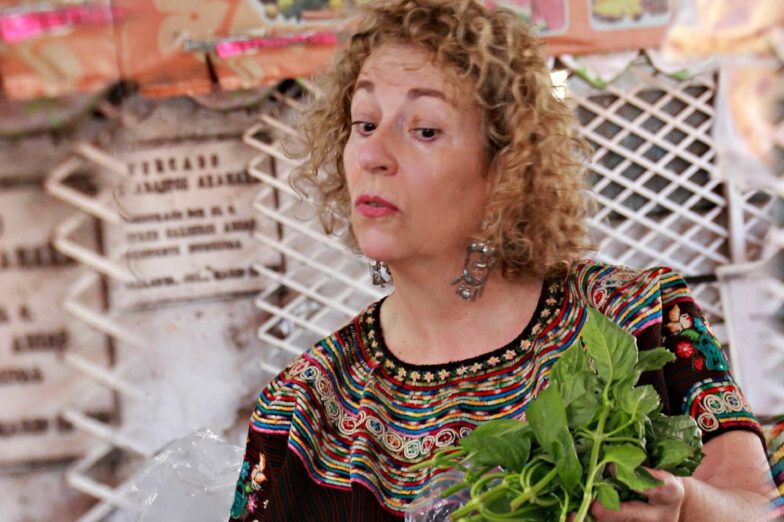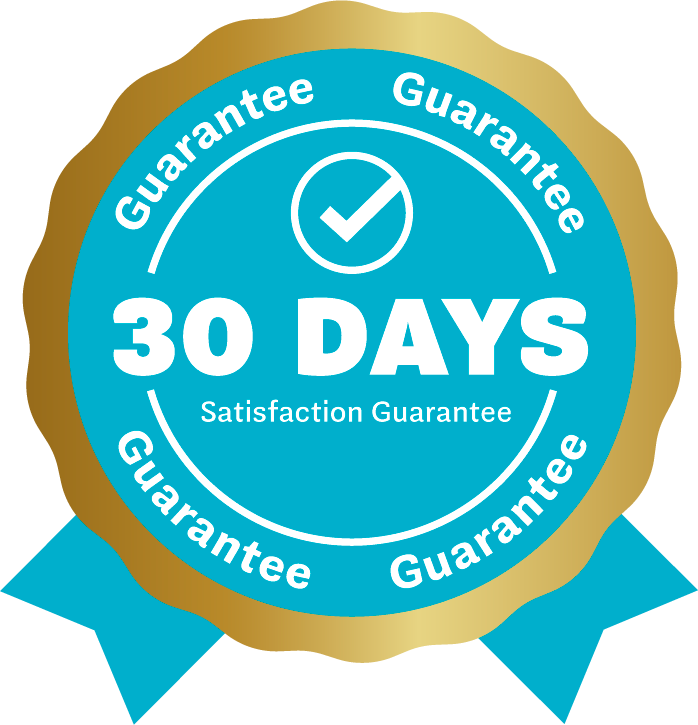Background on Psychedelic Medicine
Psychedelic drugs, also called entheogens, facilitate non-ordinary states of consciousness. The most effective use of psychedelics or entheogens for mental health incorporates these plants, fungi, or chemicals as “assistants” in the psychotherapeutic and spiritual growth process.
There is a spectrum of substance use, ranging from recreational, micro-dosing, and traditional Indigenous spiritual healing, in therapeutic, spiritual, and medical settings.
While there are opportunities to apply these substances in medical settings only, it is often more effective to use them as both a vehicle for psychological and spiritual growth, guided by ethical people trained to facilitate these experiences and to maintain safe healing boundaries.
It is not advisable to use substances recreationally when the purpose is for psychological healing from trauma, depression, or anxiety.
Altered States
Though altering our state of consciousness is often demonized in mental health treatment, it is essential to understand the use of psychedelics and mind-altering substances. Mental illness alters consciousness and many people self-medicate to the point of addiction at some point in their lives. Many more use substances but do not become addicted.
Substance use intersects both the natural human urge for inner exploration with the need to suppress unpleasant states. Plants, fungi, and their chemical derivatives are the subjects of millennia of empirical science, Indigenous sciences, and biomedical clinical trials.
Psychedelics treat PTSD, depression, anxiety, addiction, and insomnia, and act as catalysts for spiritual and post-traumatic growth. Healing often occurs in response to spiritual nourishment that derives from transcendent vision and ongoing rituals of connection with others.
Terms of Reference
- Psychedelic: substances capable of producing large shifts in one’s state of consciousness. May refer also refers to alterations and enhancement of colors, patterns, music, behavior, and mental states and perceptions
Hallucinogen: psychoactive drugs that induce hallucinations, including psychedelics; also includes dissociative drugs; tends to be pejorative. - Entheogen: from the terms “entheos” and “gen” meaning generating the god or goddess within; refers to a psychedelic substance taken to alter consciousness for a religious or otherwise spiritual purpose; usually refers to a psychedelic substance of plant origin.
- Psychedelic-assisted therapy: includes psychotherapy that combines professionally supervised use of ketamine, MDMA, psilocybin, LSD, and ibogaine. Beneficial but not limited to “treatment-resistant” conditions, such as PTSD, Major depression, and addictive behaviors. Evidence suggests this treatment is both efficacious and safe.
- Microdosing: regularly ingesting a small dose of LSD or psilocybin, as low as one-twentieth of a recreational dose, every few days as an aid to mental health performance. A microdose should be sub-threshold, low enough that the user does not feel at all “high”.
- Harm reduction: practical strategies and ideas to reduce harmful consequences associated with drug use, especially in countries where these drugs are not legal. Specific procedures are used during psychedelic “trips”. Also, includes social justice analysis and actions that do not stigmatize drug use Emphasis on the therapeutic properties of these substances when used responsibly. Awareness of the damaging effects of overly punitive responses to drug possession and use. Acknowledgment of the sacred status of these substances in many indigenous cultures and the ancient practices that facilitate responsible, productive use.
- Harm reduction and integration therapy: This specific aspect of harm reduction includes therapists who provide a safe place for clients who use psychedelics to prepare thoroughly, ensure safety and process their experience. The therapist must understand the laws in their states, including the risks inherent in this work.
To learn more about the use of psychedelic medicine and altered states for health and healing, consider enrolling in my latest certification course Integrative Medicine and Nutrition for PTSD, Complex Trauma, and Traumatic Brain Injury.
I also write about entheogens in my book, Rhythms of Recovery: Integrative Medicine for PTSD and Complex Trauma.
- Touch Therapy for Trauma Recovery - April 19, 2024
- The Soul of Basil - March 12, 2024
- A Comprehensive Guide to Natural Hypothyroidism Treatment - November 17, 2023

Are You Ready to Advance Your Career?
If you want to advance your career in integrative medicine, explore my courses and certifications.












